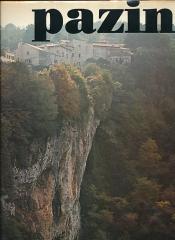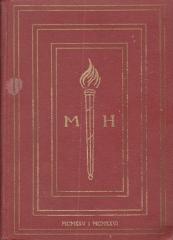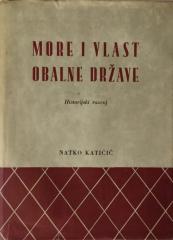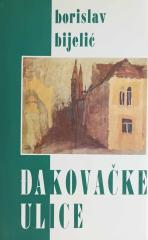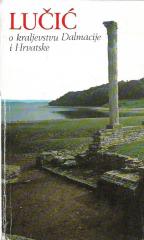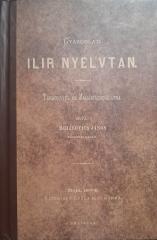
Osječka Tvrđa - Plan obnove i oživljavanja
Ova knjiga se fokusira na plan obnove i revitalizacije osječke tvrđave, važnog istorijskog i arhitektonskog lokaliteta u Osijeku.
Osječka Tvrđa je barokno vojno utvrđenje iz 18. veka, smešteno na desnoj obali reke Drave. Izgradnja je počela 1712. godine pod nadzorom princa Eugena Savojskog, a uglavnom je završena do 1722. godine.
Nakon oslobođenja Osijeka od osmanske vlasti 1687. godine, austrijske vojne vlasti su odlučile da na strateški važnom prelazu preko Drave podignu novu tvrđavu1. Tvrđava je izgrađena po uzoru na holandska nizinska utvrđenja, a projektovali su je Matijas fon Kajzerfeld i Maksimilijan Goseo de Henef.
Tvrđava je bila multietnički grad u 18. i 19. veku, u kome su živeli lokalni stanovnici i doseljenici iz raznih delova Evrope, uključujući Štajersku, Kranjsku, Bavarsku, Italiju, Francusku i druge1. Zvanični jezici su bili latinski i nemački, ali su se govorili i drugi jezici kao što su moderni grčki, italijanski i francuski.
Danas je Tvrđava poznata po svojim baroknim građevinama, uključujući crkve, muzeje, škole i druge javne zgrade. Iako su mnoga utvrđenja uklonjena 1920-ih, unutrašnje jezgro tvrđave je ostalo očuvano.
Jedan primerak je u ponudi
